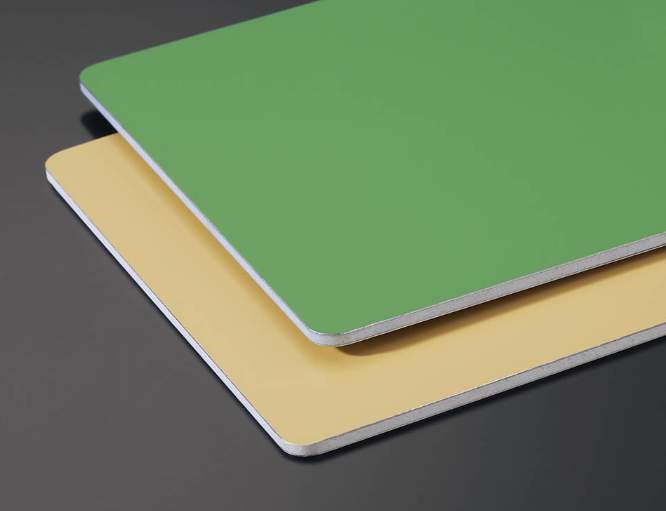Views: 310 Author: Julong Publish Time: 2023-04-17 Origin: aluminum panel systems manufacturer








Acrylic resin and amino resin are the major components of anodic electrophoresis paint. The resin conducts a cross-linking reaction during the baking process of electrophoretic profiles, producing a flat and bright film. However, because of the immature manufacturing process, some makers of electrophoretic lacquers may employ inferior chemical ingredients to cut costs, resulting in a relatively small curing scale. The film hardness (the entry of "hardness" offered by the industry encyclopedia) is not excellent if the baking is slightly insufficient; if the baking is too lengthy, the film will turn yellow, causing certain issues in production management.
If the contact between the profile and the conductive rod is weak, the resistance at the contact increases significantly, the end of the profile heats up, and the oxide film forms too quickly, resulting in baking and even chalking of the oxide film. The oxide film becomes filthy at this point, and the hue turns yellow. If electrophoresis is repeated, it will display a yellowing appearance. There are usually only a few in a row, and they are displayed toward the end of the outline file. As a result, precautions must be taken to ensure that the profile makes good contact with the conductive bar.
The oxide film is honeycomb-shaped, and its porous structure ensures that sulfuric acid remains in the oxide film pores. In general, if the electrophoresis profile is not properly cleansed, it will have a yellowish color. It is usually assumed that the acid group in the oxide film pores reacts with the electrophoretic paint, resulting in the yellowing of the electrophoretic paint film. This yellowing, however, is caused by the oxide film rather than the paint film.
A typical oxide film is clear. If there is more sulfate in the oxide film's hole, the oxide film will react with the sulfate at a high temperature, making the clear and transparent oxide film dirty and less transparent. When combined with the high brightness of the electrophoretic paint film and the high reflection of light, this disadvantage is magnified to form the so-called yellowing. As a result, many water washes before electrophoresis are critical, not only to assure water quality but also to ensure water temperature and timing. Click here for Stainless Steel Composite Sheet.
It is acceptable to add a certain quantity of nitric acid to the neutralization tank to improve ash removal. If the water cleaning process after neutralization fails, nitric acid is transported to the oxidation tank. When the nitrate concentration in the oxidation tank reaches a particular level, it will affect the oxidation and may even cause the electrophoresis pattern to turn yellow. The nitrate that enters the oxidation film holes will erode the oxide film, corrode the barrier layer of the oxide film, deepen the oxide film pores, and then change the layout of the film pores throughout the oxidation process.
A. The barrier layer of the oxide film thins, the bonding tightness with the aluminum substrate deteriorates, and the oxide film's adhesion is lowered.
B. It is difficult to eliminate sulfuric acid from the film pores under regular water-washing conditions. The electrophoretic profile generated under these conditions will be yellow.
To avoid yellowing, the fluorocarbon aluminum veneer processing plant should add a neutralizer before the hot washing tank, adjust the pH value to 89.5, rinse with water for 23 minutes, neutralize the sulfate in the oxide film pore with an amine base, and then electrophoresis is produced.